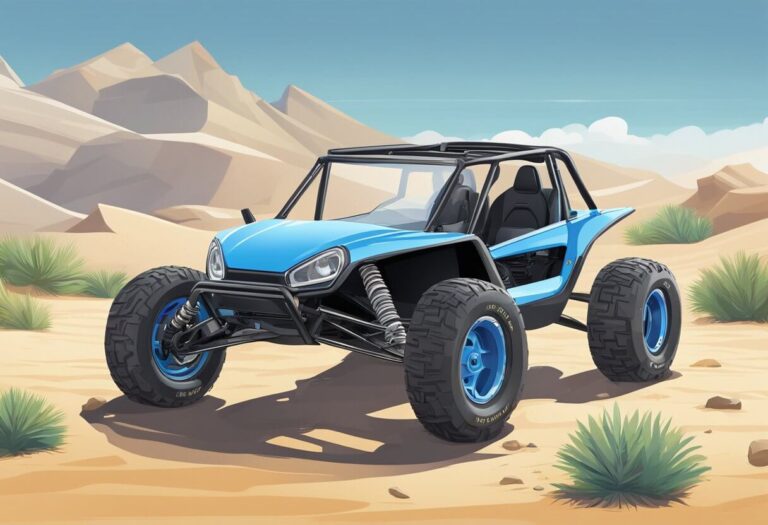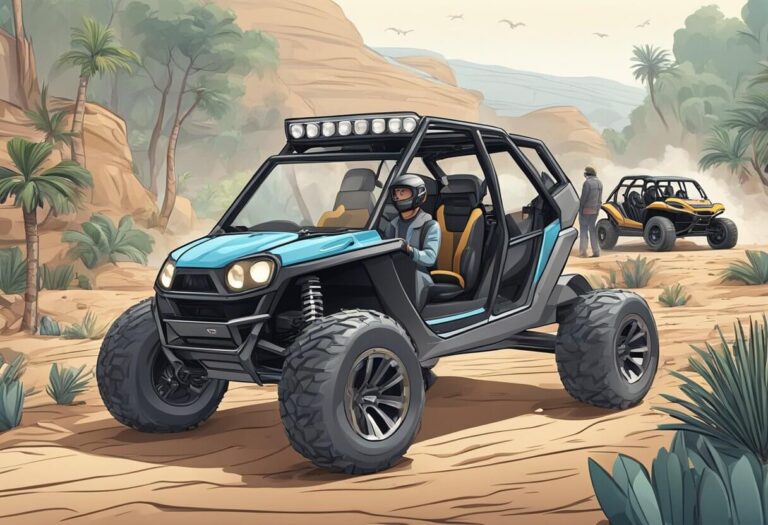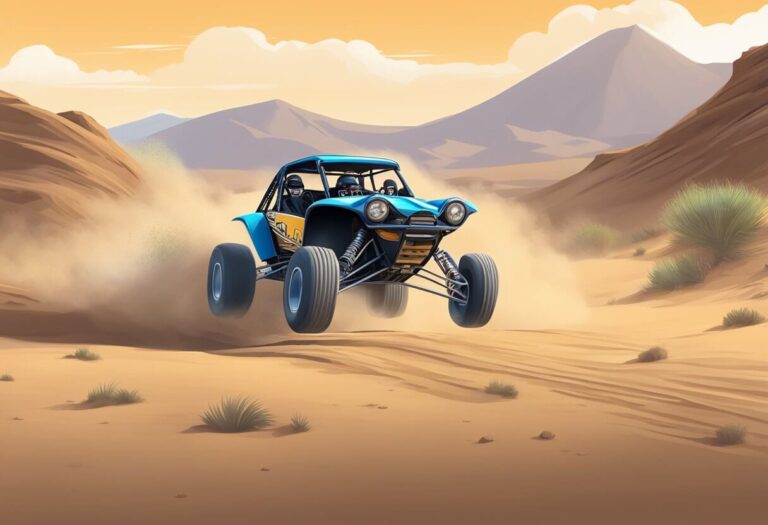Mini Dune Buggy: A Compact & Fun Off-Road Vehicle
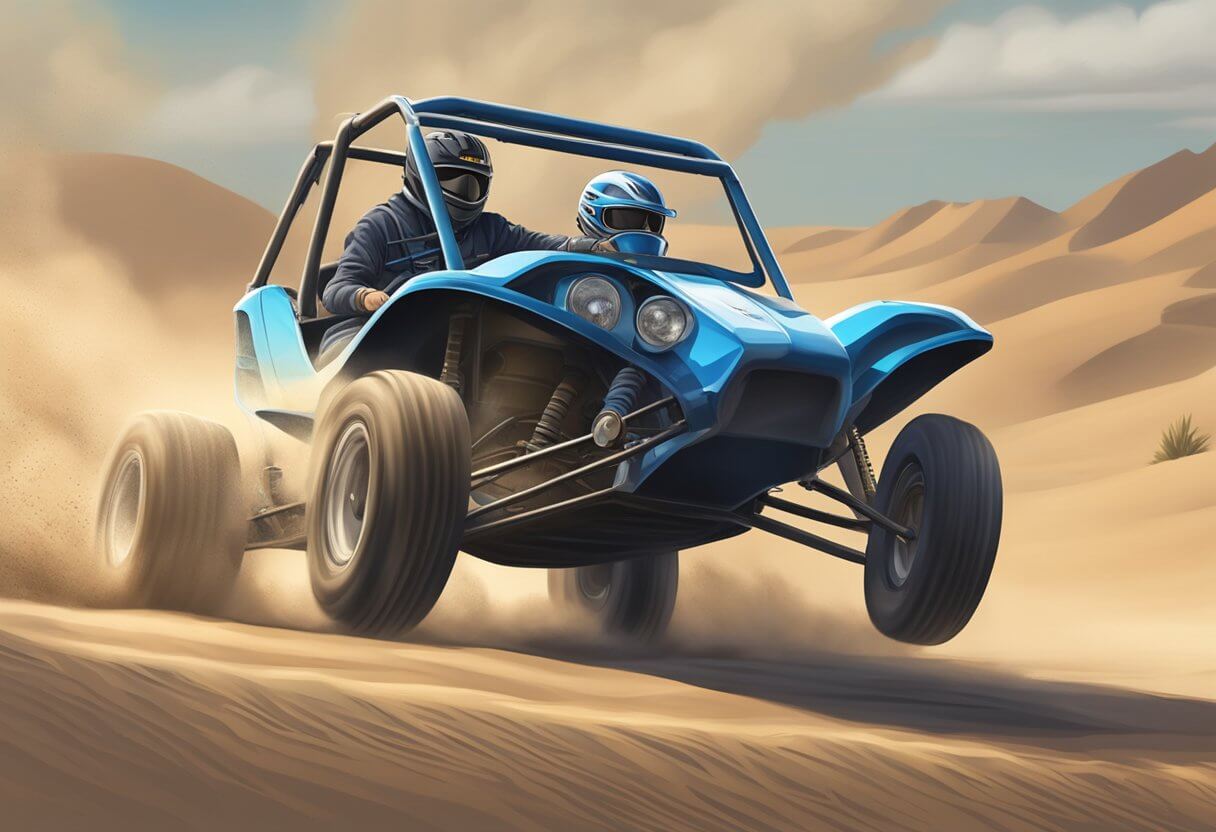
Dune buggies are a type of off-road vehicle designed for use on sand dunes, beaches, and other rough terrain. They are typically small, lightweight, and feature an open design that allows for maximum visibility and maneuverability. Dune buggy minis are a smaller version of the classic dune buggy, designed specifically for kids and young adults.
Dune buggy minis are typically powered by small gas or electric engines, and feature a simplified design that makes them easy to operate and maintain. They are often used for recreational purposes, such as off-road racing and exploring, and can be customized with a range of accessories and modifications to suit the needs of the user.
Whether you’re looking for a fun and exciting way to explore the outdoors, or you’re interested in getting involved in off-road racing, a dune buggy mini is an excellent choice. With their lightweight design, powerful engines, and customizable features, these vehicles offer a unique and thrilling experience that is sure to provide hours of entertainment.
Key Takeaways
- Dune buggy minis are a smaller version of the classic dune buggy, designed specifically for kids and young adults.
- They are typically powered by small gas or electric engines, and can be customized with a range of accessories and modifications.
- Dune buggy minis are an excellent choice for those looking for a fun and exciting way to explore the outdoors or get involved in off-road racing.
Dune Buggy Mini Overview
History and Evolution
The dune buggy is a recreational vehicle that originated in the 1960s. The idea behind the dune buggy was to create an off-road vehicle that was lightweight, simple to build, and easy to maintain. The first dune buggies were built on Volkswagen Beetle chassis, and they quickly became popular among off-road enthusiasts.
The dune buggy mini is a smaller version of the traditional dune buggy. It is built on a MINI Cooper chassis and is designed to be a fun and exciting off-road vehicle. The dune buggy mini is a more modern take on the classic dune buggy, and it has all the features and amenities that you would expect from a modern vehicle.
Types and Models
There are many different types and models of dune buggy mini available on the market today. Some of the most popular models include the Berry Mini T, which is a classic dune buggy mini that has been around for many years, and the Hammerhead Torpedo, which is a compact dune buggy designed for kids.
The dune buggy mini is a versatile vehicle that can be customized to suit the needs of the driver. It can be equipped with a variety of different engines, ranging from small four-cylinder engines to powerful V8s. It can also be customized with a variety of different suspension systems, tires, and other off-road accessories.
Design and Specifications
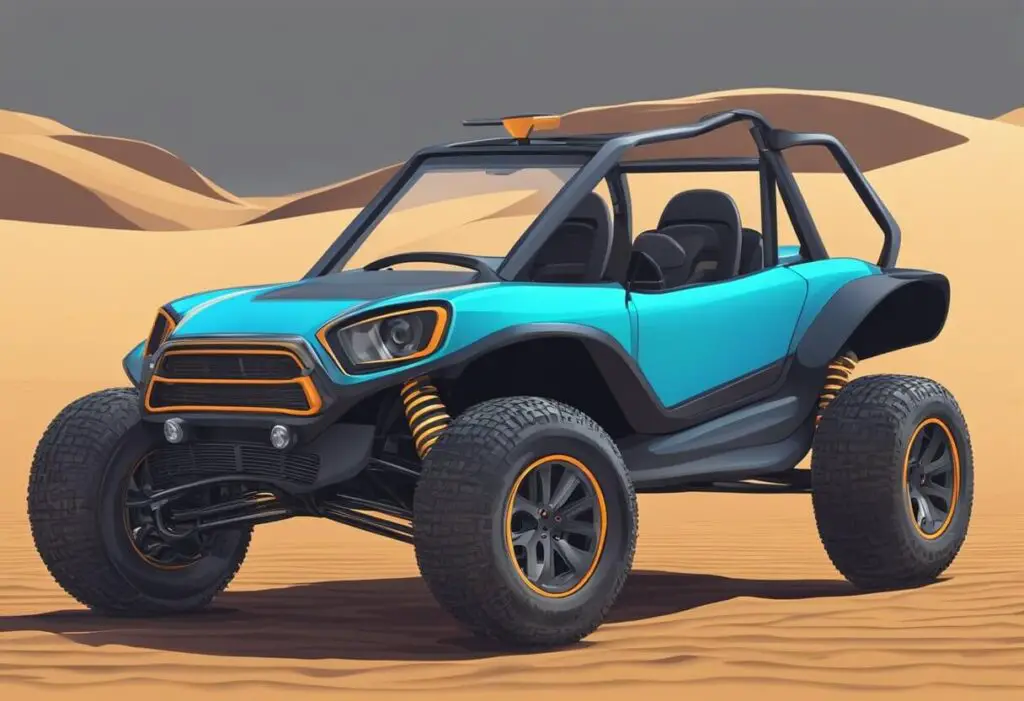
Chassis and Body
The design of a dune buggy mini is typically topless with an engine situated in the back. The body is usually made of fiberglass, which is lightweight and durable. The chassis is designed to be sturdy and able to withstand the rough terrain of off-road driving. The suspension system is also an important feature of the chassis, as it must be able to absorb the shocks from uneven surfaces.
Engine and Performance
Dune buggy minis are typically powered by a small, lightweight engine. The most common engine used is the Volkswagen air-cooled engine, which is known for its reliability and ease of maintenance. The engine is usually located in the rear of the vehicle, which helps to distribute weight evenly and improve traction. The engine size can vary depending on the desired performance, but most dune buggy minis have an engine size between 50cc and 1600cc.
Safety Features
Safety is a top priority when it comes to dune buggy minis. The vehicle must be able to handle the rough terrain of off-road driving while also providing adequate protection for the driver and passengers. Some common safety features include roll cages, seat belts, and helmets. Roll cages are designed to protect the occupants in the event of a rollover, while seat belts ensure that they stay securely in their seats. Helmets are also important for protecting the head in the event of an accident.
Customization and Accessories
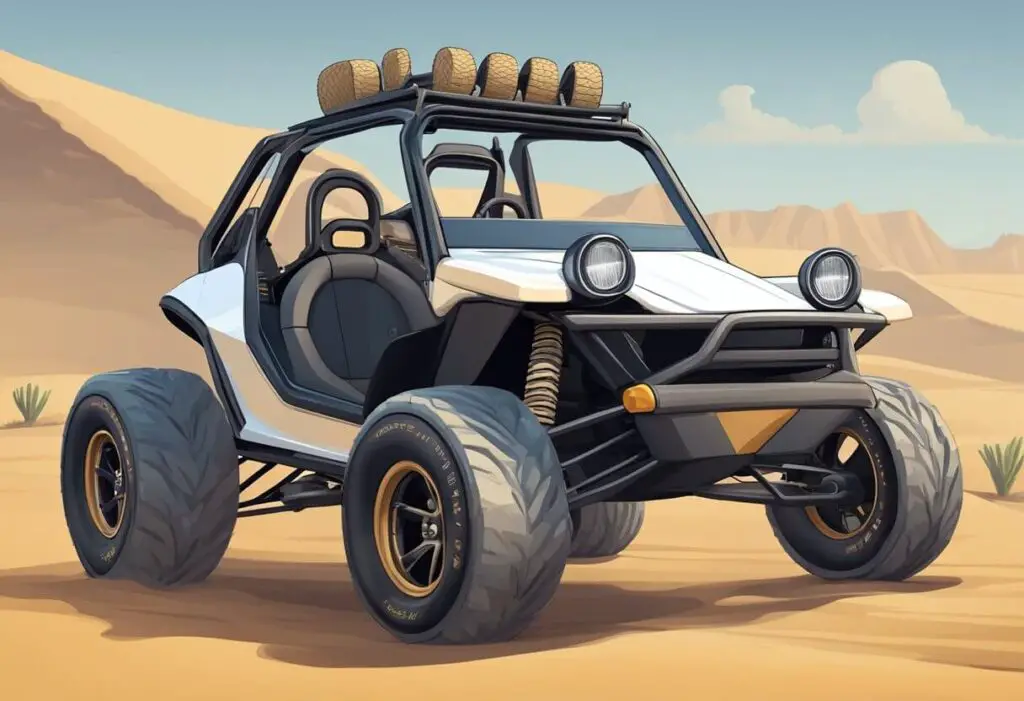
Performance Upgrades
When it comes to upgrading the performance of a dune buggy mini, there are several options available. One of the most common upgrades is to install a high-performance engine. A more powerful engine can significantly improve the speed and acceleration of the vehicle. Some popular engine options for dune buggies include the Volkswagen Type 1 engine and the Subaru EJ20 engine.
Another way to improve the performance of a dune buggy mini is to upgrade the suspension system. A better suspension can provide a smoother ride and better handling, especially when driving off-road. Some popular suspension upgrades include installing coilover shocks, upgrading the sway bars, and adding a roll cage.
Aesthetic Enhancements
Customizing the appearance of a dune buggy mini is a great way to make it stand out from the crowd. One of the most popular aesthetic enhancements is to install a custom paint job. There are many different paint colors and designs available, so it’s easy to find one that matches your personal style.
Another way to enhance the look of a dune buggy mini is to add accessories such as a roof rack, LED light bars, or custom wheels. These accessories not only make the vehicle look better, but they can also improve its functionality.
Any customization or accessory should be installed by a professional for correct and safe installation. Check local laws and regulations to ensure modifications are legal and comply with safety standards.
Operation and Handling
Driving Techniques
Driving a dune buggy mini requires a certain level of skill and technique. The driver must be aware of the vehicle’s capabilities and limitations in order to operate it safely and effectively. One important technique is to maintain a proper speed while driving on sand dunes. The driver must avoid sudden acceleration or braking, which can cause the vehicle to lose traction and become stuck in the sand. Instead, the driver should maintain a steady speed and use the vehicle’s momentum to climb up and down the dunes.
Another important technique is to steer the vehicle using the throttle and brakes. Unlike traditional vehicles, dune buggies do not have power steering, so the driver must use the throttle and brakes to control the direction of the vehicle. For example, if the driver wants to turn left, they should apply the brakes on the right side of the vehicle while accelerating on the left side. This will cause the vehicle to pivot on its rear wheels and turn left.
Terrain Adaptability
Dune buggies are designed to handle a variety of terrains, including sand dunes, dirt roads, and rocky terrain. However, the driver must be aware of the vehicle’s limitations and adjust their driving accordingly. For example, when driving on rocky terrain, the driver should reduce their speed and avoid sudden movements, which can cause the vehicle to lose traction and roll over.
When driving on sand dunes, the driver should adjust the tire pressure to improve traction and stability. Lower tire pressure allows the tires to spread out and grip the sand better, while higher tire pressure can cause the tires to sink into the sand and reduce traction. The driver should also avoid driving on wet sand, as this can cause the vehicle to become stuck and difficult to extract.
Overall, driving a dune buggy mini requires a combination of skill, technique, and terrain adaptability. By following these guidelines, the driver can operate the vehicle safely and effectively in a variety of conditions.
Maintenance and Care

Maintaining and caring for a dune buggy mini is crucial for keeping it in top condition. Regular maintenance and repair can help prevent costly breakdowns and ensure that the vehicle is safe to operate. In this section, we will discuss routine servicing, repair, and troubleshooting for a dune buggy mini.
Routine Servicing
Routine servicing is an essential part of maintaining a dune buggy mini. The following table outlines some of the routine servicing tasks that should be performed on a regular basis:
| Servicing Task | Frequency |
|---|---|
| Oil Change | Every 50 hours of operation |
| Air Filter Replacement | Every 25 hours of operation |
| Spark Plug Replacement | Every 50 hours of operation |
| Battery Maintenance | Every 6 months |
It is important to follow the manufacturer’s recommendations for servicing intervals and to use the recommended parts and fluids.
Repair and Troubleshooting
Even with regular maintenance, a dune buggy mini may require repairs from time to time. The following table outlines some common repair and troubleshooting tasks:
| Repair Task | Troubleshooting |
|---|---|
| Engine Won’t Start | Check fuel level, spark plug, and battery |
| Brakes Not Working | Check brake fluid level and brake pads |
| Electrical Issues | Check fuses and wiring |
If the issue cannot be resolved through troubleshooting, it may be necessary to take the vehicle to a qualified mechanic for repair.
Legal and Regulatory Considerations
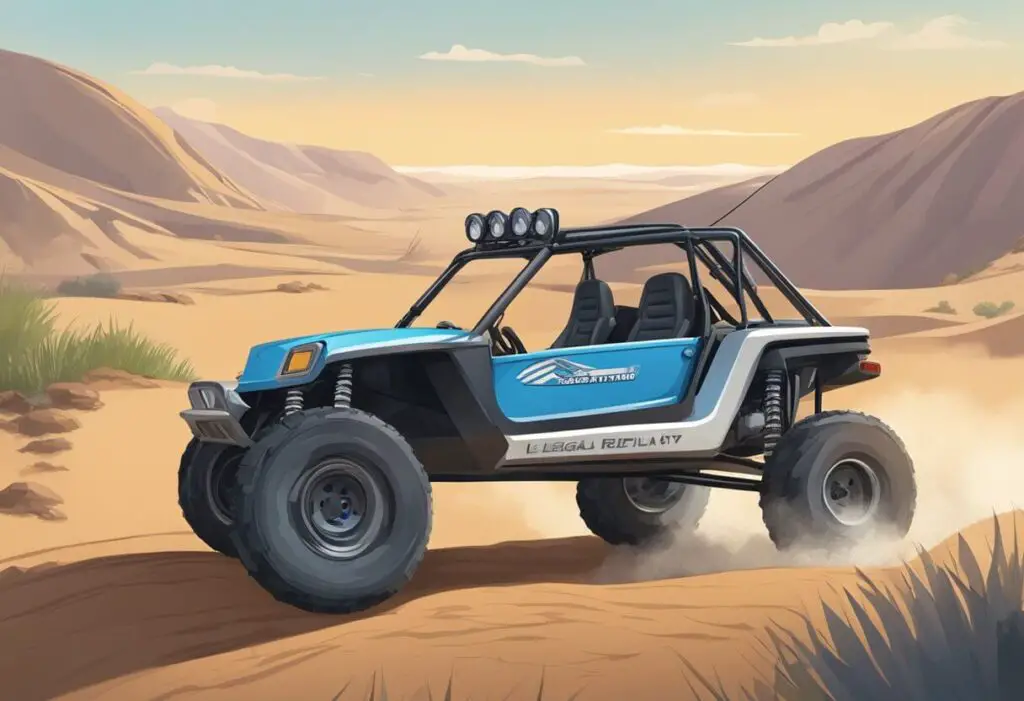
Street Legality
When it comes to dune buggy minis, street legality is an important consideration. The laws and regulations regarding dune buggies vary by state and can be complex. In general, a dune buggy must meet certain requirements to be considered street legal. These requirements may include things like having a certain type of body, lights, and safety features.
Before purchasing or building a dune buggy mini, it is important to research the laws in the state where it will be driven. This can help ensure that the vehicle meets all necessary requirements and is legal to drive on public roads.
Environmental Regulations
In addition to street legality, dune buggy minis may also be subject to environmental regulations. These regulations can vary depending on the area where the vehicle will be driven. For example, some areas may have restrictions on off-road vehicles in order to protect sensitive ecosystems.
It is important to research the environmental regulations in the area where the dune buggy mini will be driven. This can help ensure that the vehicle is not causing harm to the environment and is in compliance with relevant regulations. Carefully consider the legal and regulatory considerations when purchasing or building a dune buggy mini. By doing so, owners can ensure their vehicle is safe, legal, and compliant.
Buying Guide

When it comes to purchasing a dune buggy mini, there are several factors to consider. In this section, we will discuss the pros and cons of buying new vs. used, cost factors, and an inspection checklist to ensure you get the best product for your money.
New vs. Used
One of the first decisions to make when buying a dune buggy mini is whether to purchase new or used. A new dune buggy will likely come with a warranty and be in pristine condition, but it will also come with a higher price tag. On the other hand, a used dune buggy will likely be less expensive, but it may not be in as good of condition and may not come with a warranty.
Cost Factors
When considering the cost of a dune buggy mini, there are several factors to keep in mind. These include the initial purchase price, maintenance costs, and fuel efficiency. It is important to factor in these costs to determine the long-term cost of ownership.
Inspection Checklist
When inspecting a dune buggy mini, there are several things to look for to ensure you are getting a quality product. These include checking the chassis and suspension for cracks, dents, and broken bolts. It is also important to check the engine and transmission for any signs of wear or damage. Additionally, it is important to check the brakes, tires, and steering to ensure they are in good condition.
By considering these factors and performing a thorough inspection, you can ensure that you are getting the best dune buggy mini for your money.
Community and Culture
Clubs and Organizations
The Dune Buggy Mini community is a tight-knit group of enthusiasts who share a passion for off-road vehicles. There are several clubs and organizations dedicated to the dune buggy mini, providing members with opportunities to connect with like-minded individuals, attend events and competitions, and share knowledge and resources.
One of the most prominent clubs is the Mini Mania Club, which has been around for over 20 years and has members from all over the world. They organize events and competitions, provide technical support and advice, and offer discounts on parts and accessories.
Another popular club is the Mini Owners of America, which is open to all Mini owners, including those with dune buggies. They organize local and national events, provide resources and support, and have a strong online community.
Events and Competitions
The dune buggy mini community is known for its love of competition and adventure. There are several events and competitions held throughout the year, providing enthusiasts with opportunities to showcase their skills and vehicles.
One of the most popular events is the Baja 1000, a grueling off-road race held in Mexico. Many dune buggy mini enthusiasts participate in this event, which covers over 1,000 miles of rough terrain.
Another popular event is the Mint 400, a desert race held in Las Vegas. This event attracts thousands of participants and spectators each year, and is known for its challenging terrain and intense competition.
In addition to these major events, there are also local competitions and rallies held throughout the year, providing enthusiasts with opportunities to connect with other enthusiasts and test their skills on a smaller scale.
Future Trends
Technological Advancements
As technology continues to evolve, the future of dune buggies is looking bright. One potential technological advancement is the integration of electric motors into dune buggies. This would not only reduce emissions but also provide a quieter and smoother ride. Meyers Manx has already introduced an electric version of its classic dune buggy, and other manufacturers may follow suit.
Another technological advancement that could be seen in future dune buggies is the integration of advanced safety features. For example, Hammerhead Torpedo, a compact dune buggy designed for kids, already prioritizes safety features such as adjustable speed control and pedals. As technology advances, we may see more advanced safety features such as automatic braking and lane departure warning systems.
Market Projections
The market for dune buggies is projected to continue growing in the coming years. According to a report by Luxatic, the American company X5R is set to release a high-performance dune buggy with up to 1,200 horsepower. While this may be out of reach for most consumers, it shows that there is a market for high-performance dune buggies.
In addition, the popularity of recreational off-roading is on the rise, which bodes well for the dune buggy market. As people seek out new and exciting experiences, dune buggies provide a unique way to explore off-road terrain. With advancements in technology and safety features, the dune buggy market is poised for continued growth in the future.

